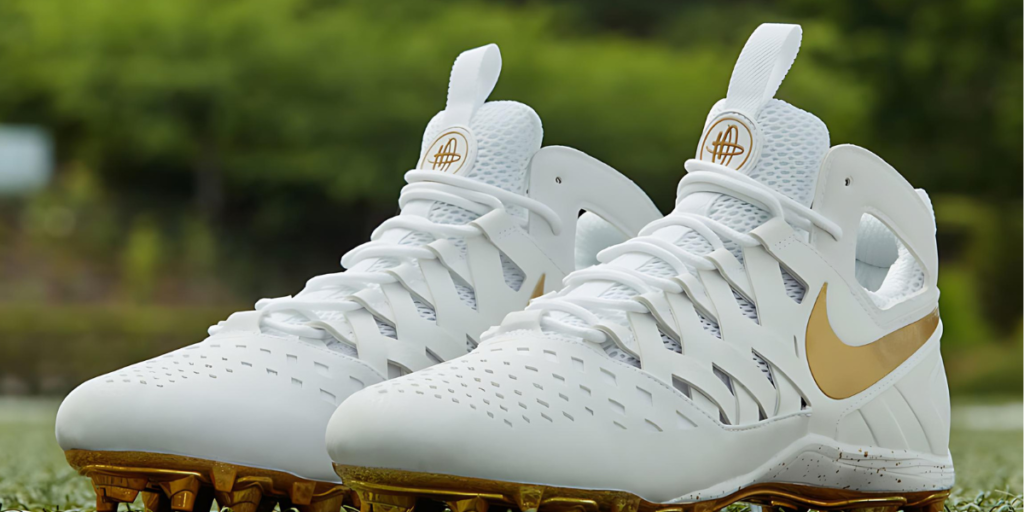Football is not just the game. It’s a science of skills and strategies. This article will emphasise
on some general football knowledge. Football originated in ancient cultures, where
numerous ball games were practiced. However, the modern game as we know it began to develop
in 19th-century England.The Football Association established uniform regulations in 1863,
which marked the sport’s formal start.
These laws, known as the Laws of the Game, provide a
consistent foundation for the sport’s development and formalization.A standard football game, according to the Laws of the Game maintained by the International Football Association Board (IFAB), is played over a period of 90 minutes. Here’s a breakdown of the time structure and other factors that make Football The Beautiful Game of 2024 :
Basic Rules of Football

- Regulation Time: The game is divided into two halves of 45 minutes each.
- Half-Time Interval: There is a 15-minute break between the two halves, known as half-time.
- Added Time: Also known as stoppage time or injury time, this is added at the end of each half at the referee’s discretion to make up for any stoppages during the half, such as injuries, substitutions, or time-wasting. The added time can vary but typically ranges from 1 to 5 minutes per half.
- Extra Time: In knockout competitions, extra time may be played if the match is tied after the regulation 90 minutes. Extra time consists of two 15-minute halves, making for 30 minutes of play.
- Penalty Shootout: If the match is still tied after extra time in knockout stages, the game is decided by a penalty shootout.
The Fifa World Cup

The FIFA World Cup is the most prestigious international soccer tournament, organized by the
Fédération Internationale de Football Association (FIFA). The inaugural tournament took place
in 1930 in Uruguay, and it has been held every four years since, except for the
interruptions caused by World War II in 1942 and 1946.
Initially featuring just 13 teams, the competition has expanded significantly over the decades, currently hosting 32 teams from around
the globe in recent editions. In recent tournaments, France emerged victorious in 2018, securing their second title in a competition held in Russia.
The 2022 World Cup in Qatar saw Argentina clinch their third championship. Looking ahead, the 2026 World Cup will be co-hosted by the United States, Canada, and Mexico, featuring an expanded format with 48 teams, which is expected to bring even more excitement and diversity to the event.
The FIFA Women’s World Cup, which began in 1991, has the same structure and regularity as
the men’s event, with matches conducted every four years.
It has swiftly increased in popularity
and competitiveness, with the United States being the most successful team in history. The men’s
and women’s tournaments illustrate soccer’s worldwide appeal, bringing nations and supporters
together to celebrate the world’s most popular sport.
The Soccer Ball

The most important component used in Football is the ball itself. The soccer ball has
revolutionized throughout the history with aim to feel the better experience of the beautiful
game. Nowadays the ball has made with better technology and aerodynamics for better
performance.
Look at some key details related to the ball of the most popular sport in the world.
Size and Weight: The standard size for adult matches is Size 5, with a circumference between
68 to 70 cm (27 to 28 inches) and a weight between 410 to 450 grams (14 to 16 ounces).
Pressure: The ball should be inflated to a pressure of 0.6 to 1.1 atmospheres (8.5 to 15.6 psi) at
sea level.
Technological Innovations

In recent years, soccer balls have seen significant technological advancements:
Thermally Bonded Panels: Instead of traditional stitching, panels are often thermally bonded,
providing a more consistent surface and better performance in wet conditions.
Aerodynamic Textures: Surface textures are designed to improve flight stability and accuracy,
as seen in the Adidas Brazuca and Telstar models used in recent World Cups.
Smart Balls: Equipped with sensors, these balls provide data on speed, trajectory, and spin,
aiding in both training and performance analysis.
Stitched Balls: Panels are sewn together by hand or machine using high-strength polyester
thread. This traditional method is labor-intensive but provides durability.
Pakistan plays a significant role in the global soccer ball manufacturing industry. The country,
particularly the city of Sialkot, is renowned for producing high-quality soccer balls used in major
leagues and tournaments around the world. Sialkot produces approximately 70% of the world’s
hand-stitched soccer balls.
Football cleats

- To play football with comfort and without hurting your feet there is a particular pair of shoes required know as Football or Soccer cleats. Types of Football Cleats
- Firm Ground (FG): Designed for natural grass surfaces that are dry or slightly damp. They have molded studs for traction and stability.
- Soft Ground (SG): Ideal for wet, muddy fields. They feature longer, often interchangeable studs for better grip.
- Artificial Ground (AG): Made for artificial turf. They have numerous shorter studs to Distribute pressure evenly.
- Indoor (IN): Used for indoor courts and futsal. These have flat, non-marking rubber soles for traction on hard surfaces.
- Turf (TF): For older or synthetic turf fields. They have small, rubber studs for traction. In addition to soccer cleats, several other pieces of equipment are essential for playing soccer. Shin Guards:
- Essential for protecting the shins from impacts and kicks.
- Should be worn under the socks and fit comfortably without restricting movement.
- Socks:
- Long enough to cover the shin guards.
- Should be made of moisture-wicking material to keep feet dry.
Also check out the Difference between Club and International Football.
